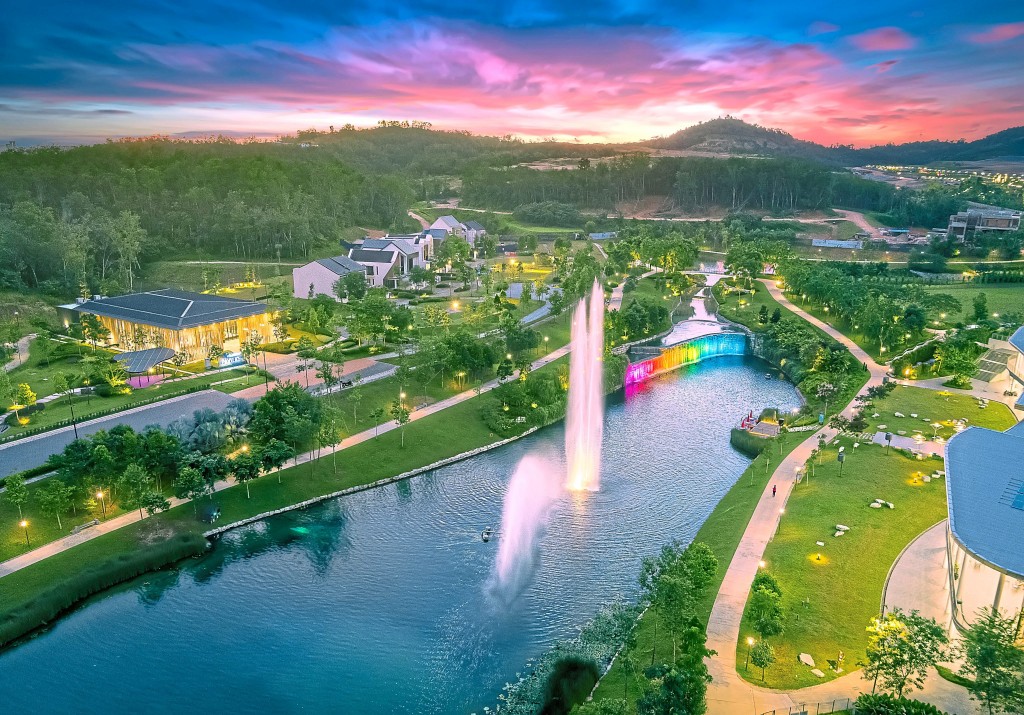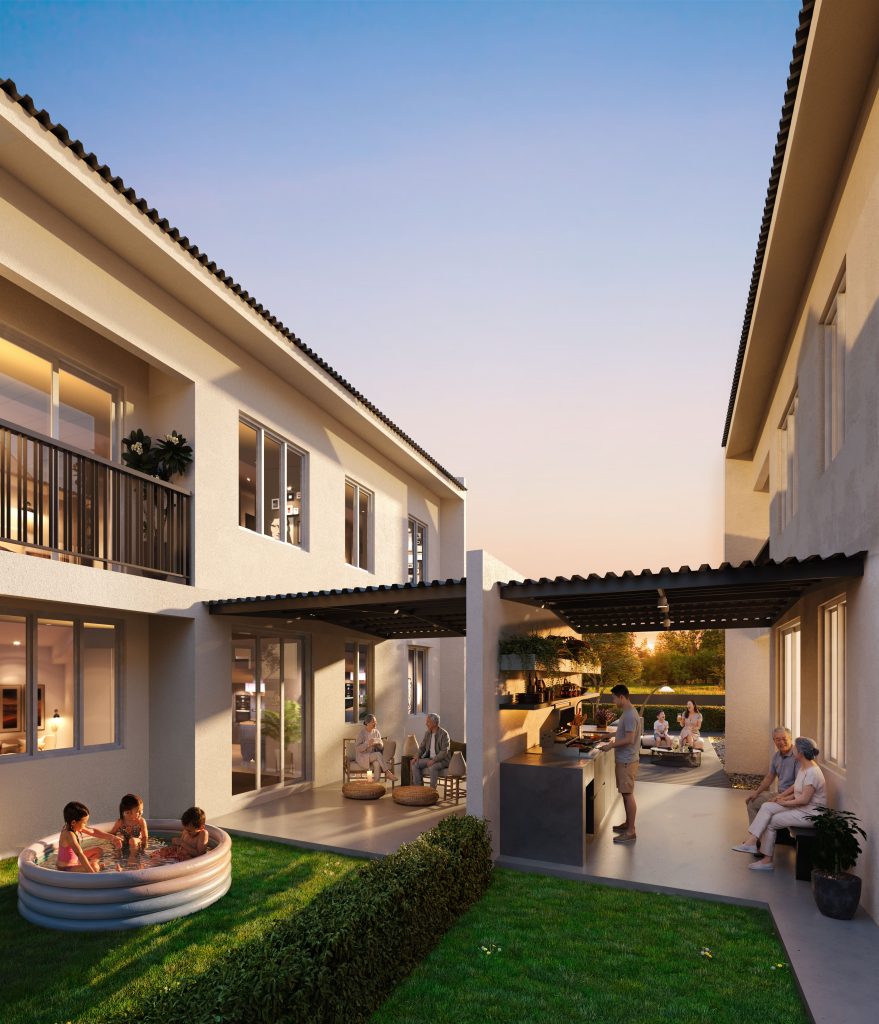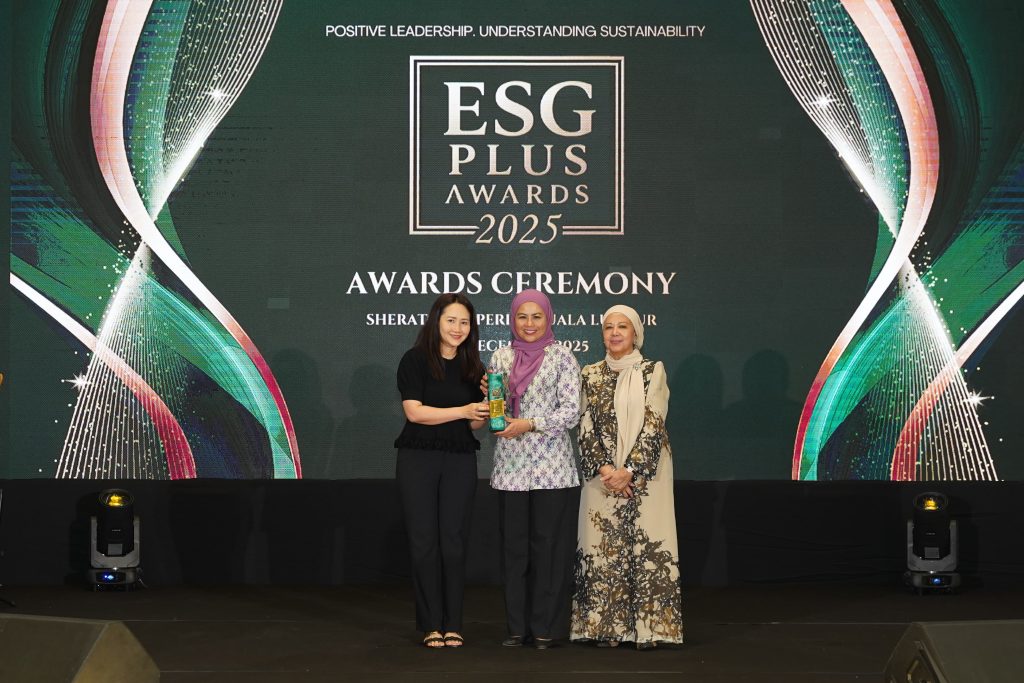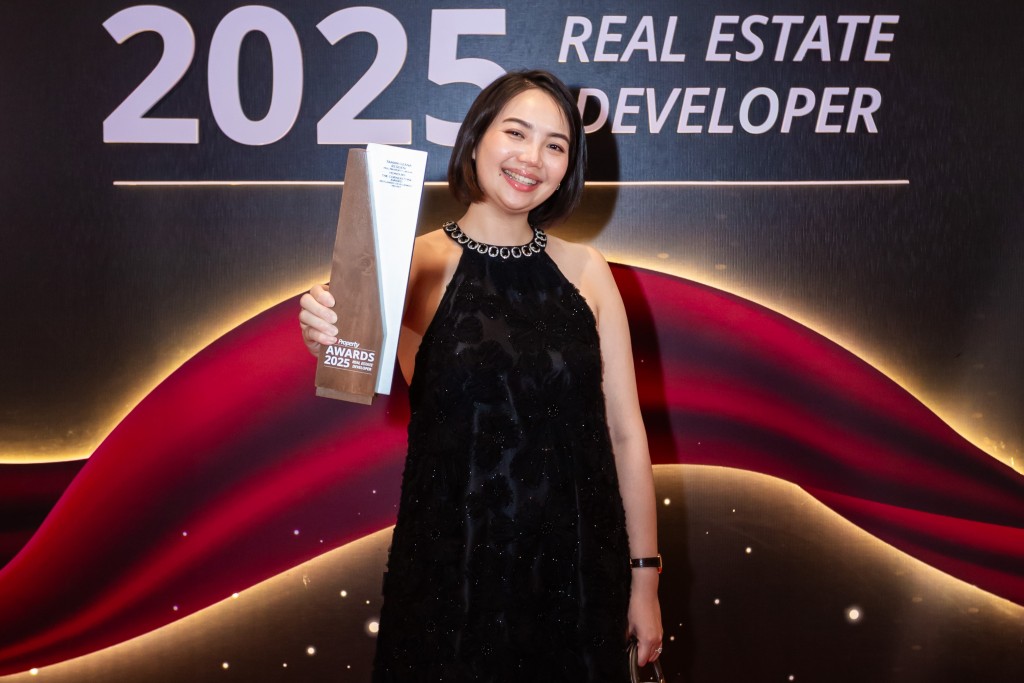
Gamuda Gardens' Central Park is a good example of green spaces within green townships, bringing nature to residents.
Malaysian developments are progressing towards ESG compliance townships
By Joseph Wong
As global environmental concerns intensify, the push towards sustainable urban living is reshaping the landscape of Malaysian township developments. Today, developers are increasingly prioritising environmental, social and governance (ESG) compliance, guided by the Green Building Index (GBI) Township Tool. This shift is not only in response to regulatory pressures but also driven by growing consumer demand for eco-friendly, resilient communities.
“More home buyers are recognising the long-term benefits of living in eco-friendly communities, driven by heightened awareness of environmental issues and a desire for healthier living environments. The key to this demand is awareness - those who are informed about the environmental impact of their choices and understand the benefits of sustainable living are more likely to invest in such townships.
“They value developments that offer energy-efficient homes, abundant green spaces and sustainable amenities, and they associate GBI certification with quality, sustainability, and long-term savings on energy and water bills. However, those who are not aware often do not understand what they are losing out on in terms of long-term value, including healthier living environments, resilience against future energy and water price increases and higher resale values.
“As sustainability becomes a key factor in home buying decisions, the demand for green townships is expected to continue growing, driven by increased awareness and understanding of the benefits they offer,” said GBI chief executive officer Sarly Adre Sarkum.
Building green from the ground up
Township developments in Malaysia are making significant strides in incorporating environmentally sustainable practices. Using the GBI Township Tool, which aligns with global ESG guidelines and Sustainable Development Goals (SDGs), developers are focusing on energy efficiency, water conservation, and the integration of green spaces, said Sarly. These efforts are not just cosmetic - they deliver tangible benefits, such as reducing energy use by up to 30% and potable water consumption by 20-40%.
Many townships now feature solar-powered street lighting, energy-efficient building materials, and smart home technologies that minimise energy consumption. Additionally, community-wide initiatives like electric vehicle charging stations and waste-to-energy solutions are being introduced to further reduce carbon footprints.
Efficient water management systems, including rainwater harvesting, low-flow fixtures, and greywater recycling, are becoming standard features in GBI-compliant townships. These innovations help conserve valuable water resources while reducing utility costs for residents.
Integrating parks, community gardens, and natural landscapes within townships not only enhances aesthetic appeal but also promotes biodiversity and provides residents with healthier, more enjoyable environments. These green spaces help absorb carbon dioxide, mitigate urban heat, and create a sense of community among residents.
Fostering inclusive, livable communities
Beyond environmental considerations, ESG-compliant townships aim to enhance the social fabric of communities by promoting inclusivity, accessibility and well-being, explained Sarly. The focus on the social aspect of sustainability reflects a commitment to creating vibrant neighbourhoods that cater to the diverse needs of residents.
Townships are being planned with accessibility in mind, ensuring that public spaces, parks, and amenities are usable by people of all ages and abilities. Pedestrian-friendly designs, complete with wide sidewalks, bike lanes, and safe crosswalks, encourage active lifestyles and reduce dependency on vehicles.
Developers are increasingly incorporating community centres, sports facilities and recreational areas that foster social interaction and engagement. These amenities not only improve quality of life but also strengthen community bonds, making townships desirable places to live.
Modern township designs prioritise mental and physical well-being by offering clean air, noise reduction and safe, walkable environments. By integrating health-focused facilities such as fitness centres, jogging paths, and wellness hubs, these townships promote healthier lifestyles.
Ensuring accountability and transparency
The governance aspect of ESG compliance focuses on the operational integrity of township developments. GBI-compliant townships adhere to rigorous certification processes that emphasise transparency, accountability, and continuous improvement.
Early, who is also a Malaysian Institute of Architects (PAM) past president, noted that the GBI certification process ensures that townships are not only designed sustainably but also maintained according to best practices. Regular audits and updates to standards ensure that developers remain committed to improving their environmental and social impact.
Townships that adhere to ESG principles contribute to broader global goals, such as reducing inequality, fostering sustainable economic growth, and building resilient infrastructure. This alignment enhances the overall value proposition of these developments, making them attractive to socially conscious home buyers.
A growing demand
There is a noticeable shift in the market as more home buyers express interest in sustainable living options. “More home buyers are recognising the long-term benefits of living in eco-friendly communities, driven by heightened awareness of environmental issues and a desire for healthier living environments,” said Sarly.
Buyers who understand the environmental impact of their choices are more likely to invest in green townships. They value developments that offer energy-efficient homes, ample green spaces, and sustainable amenities. GBI certification is increasingly seen as a hallmark of quality, sustainability, and long-term savings on energy and water bills.
Those who invest in sustainable townships often enjoy higher property values, lower utility costs, and greater resilience against future environmental regulations. As these benefits become more widely recognized, the demand for greener developments is expected to grow.
However, a significant challenge remains—educating potential buyers about the advantages of sustainable living. Many people still view green features as a luxury rather than a necessity, underscoring the need for ongoing awareness campaigns to highlight the long-term value of investing in sustainable communities.
Are we doing enough?
As developers increasingly market their projects as sustainable, it's crucial to ensure these claims reflect genuine efforts rather than empty promises. The terminology used—whether sustainable or another term—must be backed by measurable actions and credible certifications.
Greenwashing occurs when projects are marketed as environmentally friendly without making significant contributions to sustainability. To combat this, the GBI Township Tool provides a rigorous framework for assessing the sustainability of township developments, helping to validate claims and maintain standards.
Some experts argue that simply sustaining the environment is not enough—we need to actively improve it. This involves adopting practices that not only minimise harm but also contribute positively to environmental regeneration. Developers should focus on implementing solutions that enhance biodiversity, restore natural habitats, and reduce overall environmental impact.
One of the most common misconceptions about sustainable development is that it is inherently costly. In reality, many green building practices are not only affordable but also rooted in traditional architecture, which emphasised natural ventilation, shading and efficient use of resources.
The future of green townships
Sarly said GBI helps guide developers in making smart, cost-effective choices that prioritise the most impactful green measures first. For instance, simple steps like optimising building orientation and incorporating natural light can significantly reduce energy needs without substantial investment.
Rather than viewing sustainability as an expense, it should be seen as an investment in long-term savings, he noted. Energy-efficient homes reduce utility bills, while green spaces enhance property values and community appeal. Moreover, sustainable townships are often more resilient to future regulatory changes, providing a safeguard against potential costs related to environmental compliance.
The development of ESG-compliant townships is crucial for creating resilient, sustainable communities, emphasised Sarly. By integrating environmental, social, and governance principles into the core of township planning, developers can ensure these spaces not only meet the needs of today’s residents but also contribute positively to the broader global effort towards sustainability.
With growing demand from informed home buyers and increasing regulatory support, the future of greener townships looks promising. The challenge lies in maintaining the momentum, ensuring that sustainability claims are substantiated, and making green living accessible and desirable for all Malaysians. “As we move forward, the emphasis must shift from merely sustaining the environment to actively enhancing it -creating urban spaces that are not only livable but thrive in harmony with nature,” he said.

"More home buyers are recognising
the long-term benefits of living in eco-friendly communities," said Sarly.
Stay ahead of the crowd and enjoy fresh insights on real estate, property development, and lifestyle trends when you subscribe to our newsletter and follow us on social media.














































